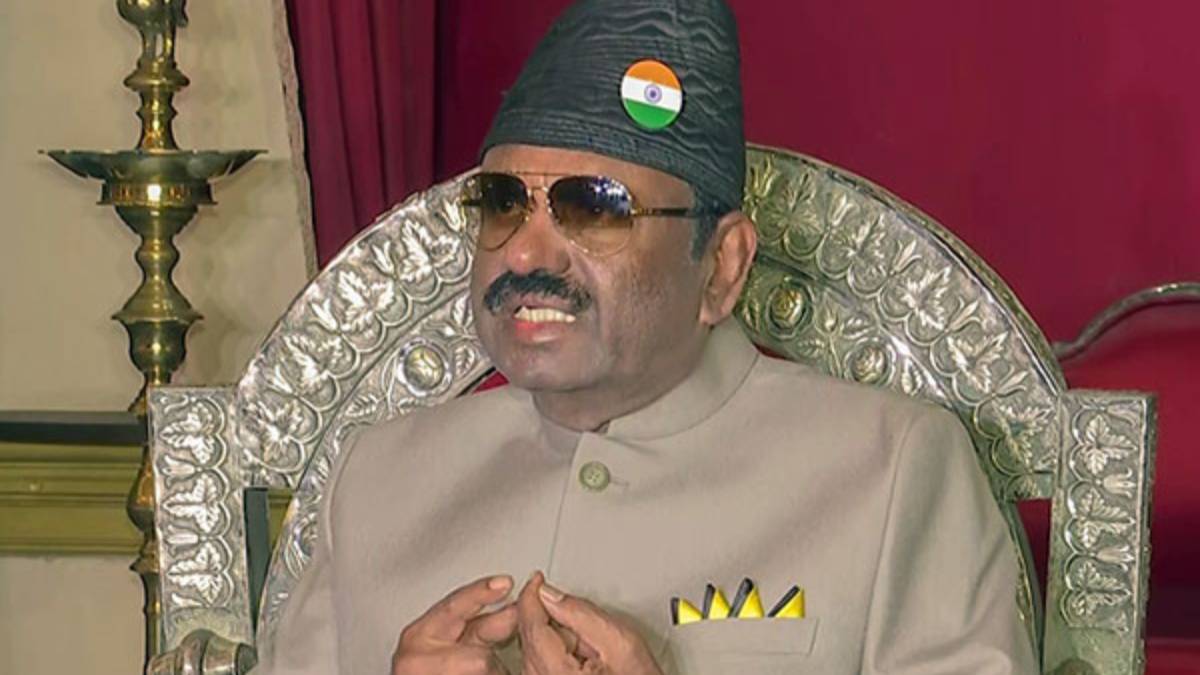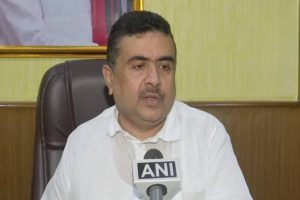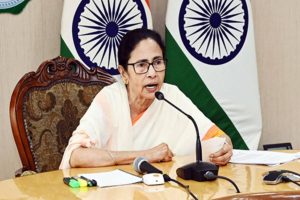West Bengal Governor CV Ananda Bose has returned to Raj Bhavan after a brief period of medical observation and rest, following complaints of shoulder pain, a statement from the Governor’s office confirmed on Thursday.
“We are happy to share that the Honourable Governor is now in good health and high spirits. We extend our sincere gratitude to all those who expressed concern and conveyed their good wishes during this time. Your continued support and prayers are highly appreciated,” the statement read.
The Governor was admitted to the Command Hospital in Kolkata on April 21 after experiencing discomfort in his shoulder following a series of intensive field visits. He underwent a routine check-up and was advised to rest and remain under observation for a day.
Chief Minister Mamata Banerjee also visited Governor Bose during his hospital stay.
While the Governor’s health has stabilized, political tensions in the state continue to rise following a report he submitted to the Ministry of Home Affairs regarding violence in Murshidabad. The report reportedly opens the door for potential implementation of Article 356, or President’s Rule, in West Bengal if the law-and-order situation further deteriorates.
The move has drawn sharp criticism from Congress leader Adhir Ranjan Chowdhury, who said that invoking Article 356 cannot be done “arbitrarily” and requires constitutional scrutiny. He accused the state government and Chief Minister Mamata Banerjee of failing to control the situation but rejected any “backdoor” attempt to remove the government.
“Implementation of Article 356 suddenly is not easy. We have a constitution and judiciary. Arbitrarily, it cannot be implemented based on what the governor says,” Chowdhury told ANI.
The backdrop of the political storm is the April 11 violence in Murshidabad, which broke out during a protest against the Waqf (Amendment) Act. The clashes led to two deaths, multiple injuries, and widespread property damage, displacing thousands of residents.
As Governor Bose returns to his official duties, the state continues to reel from the aftershocks of the violence and escalating political confrontation over the Centre’s potential intervention in West Bengal’s governance.





